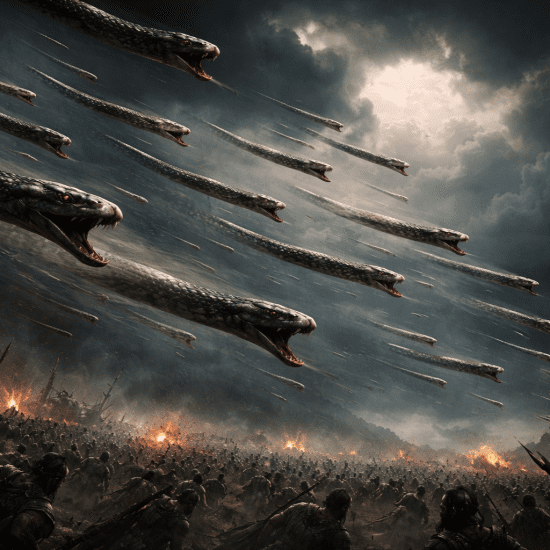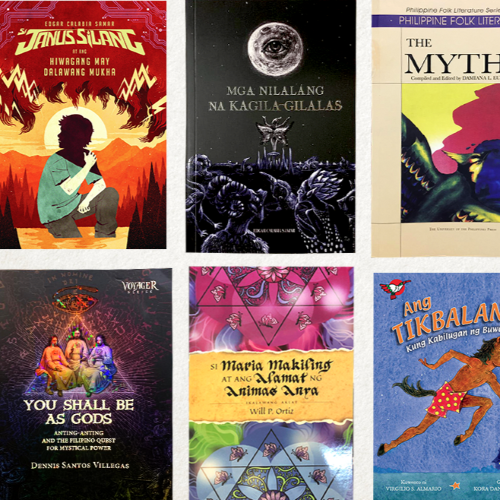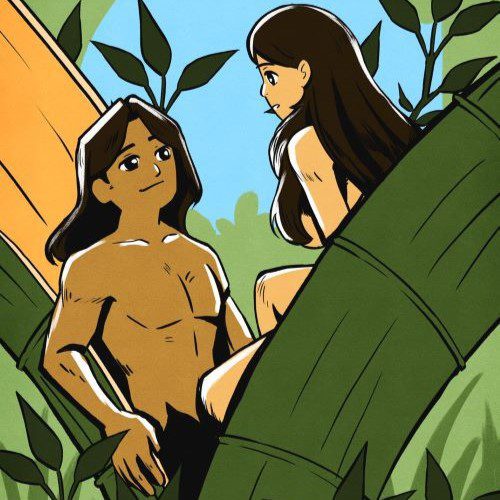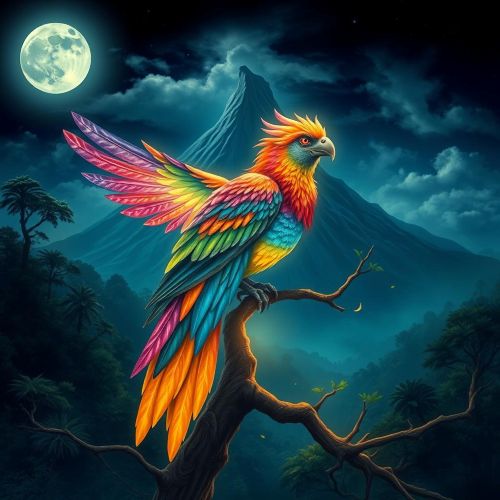8 Cultures within Filipino Mythology You Didn’t Know About
When people hear the word “mythology,” they often imagine Greek gods, Norse heroes, or Hindu epics. But the Philippines, an archipelago of more than 7,000 islands, is equally rich in stories that explain creation, nature, and the unseen world. These myths don’t come from a single source—they are the combined heritage of more than 170 ethnolinguistic groups, each with its own traditions. Together, they form what we now call Filipino mythology.
What makes Filipino mythology fascinating is its diversity. Each region has its own cosmology, rituals, and spiritual beings shaped by geography, lifestyle, and environment. Some are centered on agriculture, others on the sea, mountains, or volcanoes. Some traditions emphasize gods and goddesses, while others focus on ancestor spirits or heroic figures.
Here’s a journey through the different cultures and subcategories of Philippine mythology that many people outside (and even inside) the country don’t fully know about.
1. Tagalog Mythology – Central Luzon’s Cosmic Belief System
The Tagalog people, dominant in central and southern Luzon, built a mythological system focused on cosmic order. At the heart of their beliefs was Bathala, a supreme creator god who governed the universe. But Tagalog mythology wasn’t just about Bathala—it also mapped out a celestial family of deities representing the sun, moon, stars, fertility, and agriculture.
Their mythology reflects how the Tagalogs understood balance between humans and nature. The deities represented both guidance and warning, emphasizing that harmony was key to survival. Spanish chroniclers documented much of Tagalog belief, making it one of the better-known subcategories of Filipino mythology, though much of the nuance has been lost to colonization.
2. Kapampangan Mythology – Mountain-Centered Traditions
Northwest of the Tagalog heartland lies Pampanga, home to the Kapampangans, whose mythology is tied to their mountainous landscape. Sacred peaks like Mount Arayat and Mount Pinatubo were considered abodes of gods and powerful spirits. Unlike the centralized Tagalog system, Kapampangan beliefs often emphasized duality—sun and moon deities, male and female energies, and opposing natural forces.
These myths show how the Kapampangans interpreted their environment: volcanoes were not just geological features but living entities reflecting divine moods. This worldview underscores how geography shaped religious imagination across the islands.
3. Bicolano Mythology – Myths of Fire, Lava, and Storms
In the Bicol region, nature dominates mythology, particularly the fiery presence of volcanoes like Mayon. Bicolano stories often focus on catastrophic events—eruptions, earthquakes, and typhoons—framed as struggles between divine or supernatural forces.
Unlike the orderly celestial pantheons of Tagalog mythology, Bicolano myths are more dramatic and emotional, reflecting a world where destruction and creation were two sides of the same coin. Love, sacrifice, and tragedy often serve as metaphors for the volatile forces of nature.
4. Visayan Mythology – The Sea as Sacred Space
The Visayas, a region of central islands, developed mythology that mirrors its maritime culture. Visayan cosmology often places equal importance on sky, sea, and underworld realms, emphasizing balance between them. Their creation myths typically describe the sea goddess and sky god giving birth to humanity, underscoring the union of natural forces.
In this tradition, the sea was not just a livelihood—it was a living entity, feared and respected. Rituals and offerings reflected this bond, showing how mythology functioned as both spiritual guidance and practical survival strategy in a seafaring society.
5. Ilocano Mythology – Epic Heroes Instead of Pantheons
In northern Luzon, the Ilocanos leaned less on pantheons of gods and more on epic storytelling. The celebrated Biag ni Lam-ang (“Life of Lam-ang”) is a prime example, telling of a hero with supernatural abilities from birth.
Ilocano mythology reflects a culture that valued resilience, wit, and bravery, qualities needed to thrive in their rugged environment. Unlike Tagalog or Visayan traditions, divine beings are less prominent here—the focus is on extraordinary human figures, showing a different subcategory of Filipino mythology centered on heroism.
6. Cordillera Mythologies – Agricultural and Ancestral Systems
The peoples of the Cordillera mountains—including the Ifugao, Kalinga, and Bontoc—developed deeply agricultural mythologies. For the Ifugao, rice was central, and spirits tied to rice planting and harvest were revered through rituals and wooden effigies like the bulul.
These mountain mythologies stand out for their practical spirituality. Ancestral spirits played as much of a role as gods, ensuring fertility, protection, and prosperity. This subcategory of Filipino mythology emphasizes community cohesion and sustainability through myth and ritual.
7. Mindanaoan Mythologies – Epics and Pantheons of the South
Mindanao is home to diverse groups with equally diverse mythologies:
-
Maranao Mythology: Preserved in the epic Darangen, it highlights royal lineages, spirit guardians, and the intertwining of human and divine destinies.
-
Maguindanaoan Mythology: Features layered cosmologies with supreme beings, natural spirits, and intermediaries between worlds.
-
T’boli Mythology: Famous for weaving and dream-inspired spirituality, where textiles become vessels of myth.
-
Bagobo Mythology: Known for elaborate rituals tied to creator gods, agricultural cycles, and warrior traditions.
Mindanao’s mythologies stand out for their narrative richness and cultural specificity, offering some of the most vibrant traditions in the Philippines.
8. Shared Mythology of Supernatural Beings
While each region has distinct beliefs, many share common themes of supernatural beings. Entities like the aswang, tikbalang, and kapre appear in different forms across multiple cultures. Though the names change, the idea remains constant: the natural world is alive with spirits, shape-shifters, and guardians that humans must respect.
This cross-cultural subcategory of Filipino mythology demonstrates how shared fears and experiences—illness, unexplained deaths, dangerous forests—gave rise to overlapping supernatural traditions across the archipelago.
Conclusion
Filipino mythology is not a single narrative but a tapestry woven from many cultures. Each group contributed its own stories, shaped by geography, livelihood, and community values. From the cosmic deities of the Tagalogs and the volcanic myths of the Bicolanos to the epics of the Ilocanos and the ancestral spirits of the Ifugaos, every corner of the Philippines tells its own version of the human-divine connection.
By rediscovering these traditions, we uncover more than myths—we find living histories that explain how Filipinos have long seen their place in the world.
No posts were found.










Sarah Thompson
Your writing has a way of resonating with me on a deep level. I appreciate the honesty and authenticity you bring to every post. Thank you for sharing your journey with us.
Ramiro Barrows
Your blog is a testament to your dedication to your craft. Your commitment to excellence is evident in every aspect of your writing. Thank you for being such a positive influence in the online community.
Devante Ullrich
Your blog is a beacon of light in the often murky waters of online content. Your thoughtful analysis and insightful commentary never fail to leave a lasting impression. Keep up the amazing work!
Glenda Cole
Somebody essentially help to make significantly articles Id state This is the first time I frequented your web page and up to now I surprised with the research you made to make this actual post incredible Fantastic job
Augusta Zboncak
I have read some excellent stuff here Definitely value bookmarking for revisiting I wonder how much effort you put to make the sort of excellent informative website
Tanner White
I do not even know how I ended up here but I thought this post was great I dont know who you are but definitely youre going to a famous blogger if you arent already Cheers